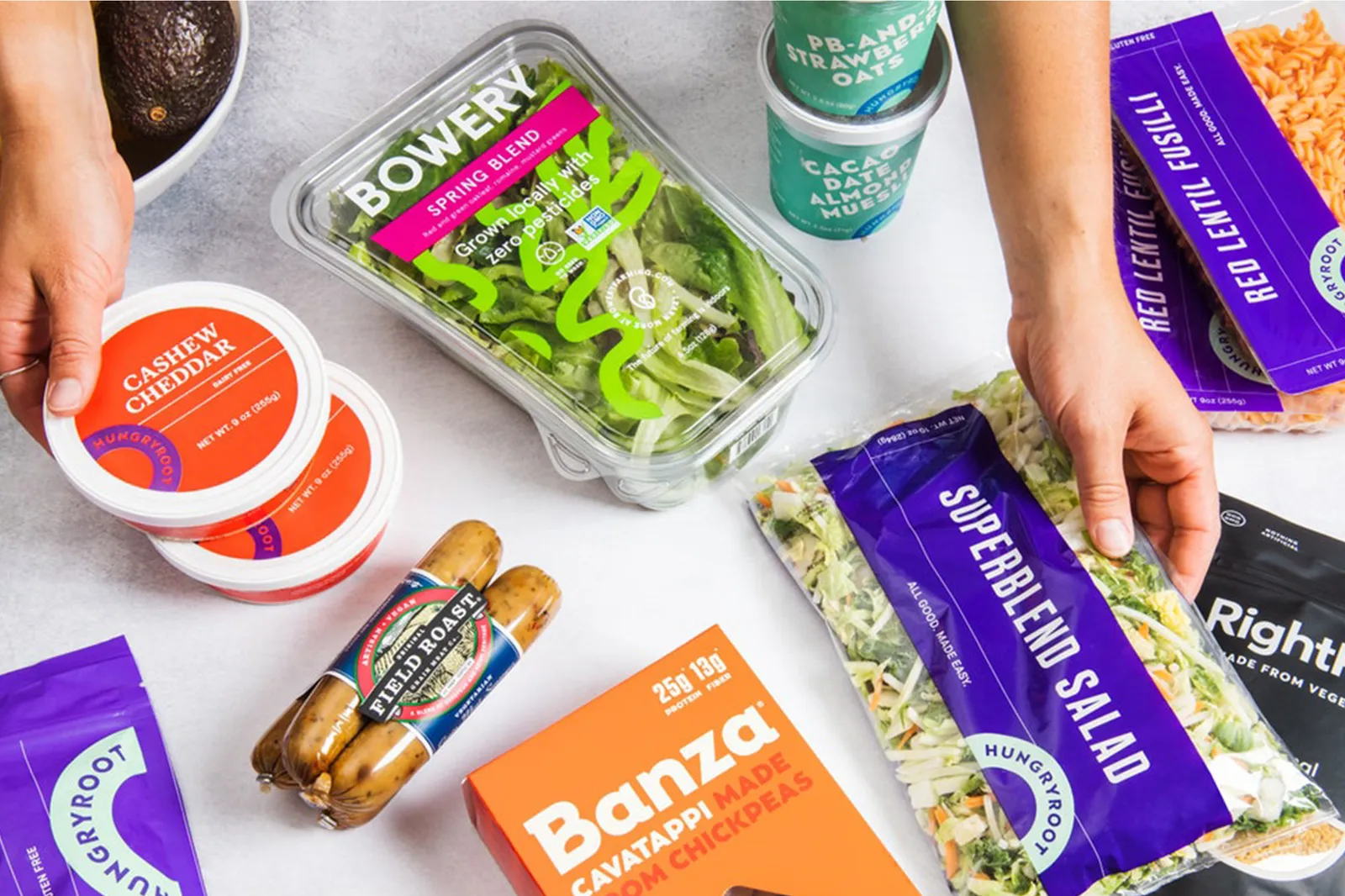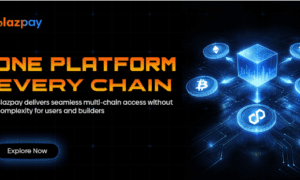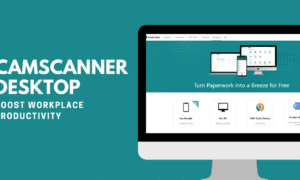Let me drop a truth bomb that’ll save you hours of research: Instacart drivers can earn up to $30 per hour – nearly double what most DoorDash drivers make – but here’s the kicker: you’ll be hauling 50-pound water cases up three flights of stairs while Karen texts you about her very specific banana ripeness preferences.
I’ve spent months digging through earnings data from over 720 million delivery trips, interviewing drivers, and yes, even delivering a few hundred orders myself (for research, of course).
What I found might surprise you – or confirm what you’ve suspected all along about the gig economy’s promises versus reality.
The Quick Answer: Which Platform Actually Pays Best?
Here’s what you came for, served hot and fresh:
- For pure earnings: Instacart wins at $26-32/hour average (up to $45/hour for speed demons)
- For flexibility: Uber Eats lets you log on whenever, no scheduling drama
- For consistent orders: DoorDash owns 67% of the market – more orders = more money
- For beginners: DoorDash has the simplest signup and easiest learning curve
But wait – before you rush off to download Instacart, there’s a lot more to this story. Like why 68% of delivery drivers quit within six months, or how some clever multi-appers are pulling in $1,000+ weekly while others barely cover gas.
Platform Breakdown: What Drivers Really Make (Not What They Promise)
Instacart: The Heavyweight Champion of Hourly Pay
According to recent Gridwise data, Instacart drivers average $18-30 per hour, with top earners hitting $45 during peak times. That’s not marketing fluff – that’s real data from millions of trips.
Why the premium? Simple economics. You’re not just grabbing a bag from Chipotle and dropping it off. You’re:
- Shopping for 20-50 items
- Dealing with out-of-stock replacements
- Loading/unloading groceries
- Sometimes climbing those aforementioned stairs
The physical demands explain why Instacart maintains its pay advantage. It’s harder work, so fewer drivers stick with it, creating better opportunities for those who do.
DoorDash: The Volume King
With 67% market share according to Bloomberg Second Measure, DoorDash is the 800-pound gorilla of food delivery. Drivers report earning $12-25 per hour, with the wide range depending heavily on:
- Your market (Berkeley averages $24.02/hour)
- Time of day (dinner rush pays 30-50% more)
- Your acceptance rate strategy
Here’s what DoorDash won’t tell you: maintaining a high acceptance rate for “Top Dasher” status often means taking garbage $3 orders that’ll tank your hourly earnings. Smart Dashers cherry-pick, accepting only orders that meet the golden $2/mile rule.
Uber Eats: The Dark Horse
Uber Eats drivers average $15-23 per hour, placing them squarely between DoorDash and Instacart. But here’s the interesting part – Uber Eats customers tip better on average, with tips making up about 53.4% of total earnings across all platforms.
The platform’s surge pricing during bad weather or busy times can push earnings significantly higher. I’ve seen drivers report $40+ hourly rates during snowstorms (though whether risking your car is worth it is another question entirely).
Grubhub: The Fallen Giant
Remember when Grubhub owned 60% of the market? They’re down to 8% now, and driver earnings reflect this decline. At $12-15 per hour average, Grubhub has become the platform drivers use to fill gaps between better-paying orders on other apps.
That said, Grubhub’s block scheduling system guarantees a minimum hourly rate in some markets, which can be a lifesaver on slow days.
Getting Started: What Nobody Mentions in the Ads
The Real Requirements
Sure, the basic requirements seem simple:
- 18+ years old (21 for alcohol delivery)
- Valid driver’s license
- Insurance
- Smartphone
But here’s what the cheery recruitment ads leave out:
For Instacart specifically:
- Must lift 50 pounds (seriously, people order cases of water like it’s going out of style)
- Reliable vehicle with cargo space
- Comfort with produce selection (yes, this matters)
Hidden requirements for all platforms:
- Commercial insurance or rideshare endorsement (regular insurance might deny claims)
- Gas money upfront (you won’t see earnings for 3-7 days initially)
- Emotional fortitude for missing/wrong orders blamed on you
Sign-Up Reality Check
DoorDash will approve you in 2-3 days if you have a pulse and a clean-ish record. Instacart takes 5-7 days because they’re pickier. Uber Eats falls somewhere in between at 3-5 days.
Pro tip: Apply to all platforms simultaneously. While waiting for approval, study your market. Where are the restaurant clusters? Which neighborhoods tip well? This homework pays dividends later.
Location, Location, Location: Why Geography Determines Your Destiny
The Golden Markets
Berkeley, California drivers average $24.02/hour, making it one of the best markets nationwide. Why? Tech workers with disposable income, high cost of living driving up tips, and strong minimum wage protections.
Other top markets:
- Seattle: $16.58/hour plus weather bonuses
- NYC: $21.44/hour minimum wage (up from a pathetic $5.39)
- San Francisco: Tech money + hills = higher pay
The Struggle Markets
Rural areas and smaller cities often see earnings below $10/hour after expenses. Limited restaurant options, longer distances between deliveries, and lower tips create a perfect storm of unprofitability.
College towns present a mixed bag – high order volume but notoriously bad tips from broke students. Though if you’re strategic about avoiding campus during exam weeks, you can do alright.
The Hidden Costs Nobody Talks About
I hate to be the bearer of bad news, but that $25/hour gross earning gets chopped down faster than vegetables at Benihana.
The Real Math
Starting with $25/hour gross:
- Gas and vehicle wear: -$8.38/hour (IRS allows $0.67/mile deduction)
- Self-employment tax (15.3%): -$3.83
- Income tax (assume 12% bracket): -$3.00
- Real earnings: $9.79/hour
Suddenly that “easy money” doesn’t look so easy, does it?
The Expense Tracking Nightmare
Most drivers don’t track expenses properly, leading to two problems:
- Overestimating actual earnings
- Overpaying on taxes
If you’re serious about delivery driving, proper expense tracking isn’t optional – it’s survival.
Maximizing Earnings: The Multi-App Masterclass
Here’s where things get interesting. The drivers making $1,000+ weekly aren’t loyal to one platform – they’re playing all of them like a symphony orchestra.
The Multi-App Strategy
- Run 2-3 apps simultaneously (but pause others when you accept an order)
- Cherry-pick ruthlessly using the $2/mile minimum rule
- Stack orders going the same direction (when platforms allow)
- Time your shifts for peak earnings:
- Lunch: 11am-2pm
- Dinner: 5-9pm
- Late night: 10pm-2am (market dependent)
- Weekend brunch: 9am-1pm
Platform-Specific Hacks
- DoorDash: Maintain 70% completion rate to access scheduling, but don’t chase Top Dasher status – it’s a trap that’ll have you delivering $3 orders to nowhere.
- Uber Eats: Watch for surge zones and quest bonuses. A $3 surge on every order adds up fast.
- Instacart: Learn store layouts and shop multiple orders simultaneously. Speed is money here.
- Grubhub: Use scheduled blocks for guaranteed minimums during slow periods.
The Weather Goldmine
Bad weather = good money. Snow, heavy rain, or extreme heat can double your earnings. I’ve seen normally stingy customers tip 30% when their food arrives during a downpour. Just remember – no tip is worth wrecking your car.
Safety First: The Dark Side of Delivery
Let’s address the elephant in the room: delivery driving isn’t always safe.
Georgetown University found 23% of drivers experienced workplace collisions. That’s nearly 1 in 4.
Real Safety Concerns
- Delivery to sketchy areas at night
- Dogs (more common than you’d think)
- Slip-and-fall risks (especially with Instacart)
- Road rage from impatient drivers
- Account fraud (80 Facebook groups sell fake accounts)
Protecting Yourself
- Dash cam for accident protection
- Pepper spray for personal safety
- Good shoes for Instacart (seriously)
- Separate phone number via Google Voice
- Trust your gut – no delivery is worth your safety
The Future of Food Delivery: Adapt or Die
The delivery landscape is shifting faster than a DoorDash driver late for pickup. The market is projected to hit $1.79 trillion by 2028, but that doesn’t mean easy money for drivers.
What’s Coming
- AI route optimization squeezing out inefficient drivers
- Drone delivery pilots threatening driver jobs
- More cities implementing minimum wage laws (following NYC’s lead)
- Consolidation as smaller platforms fold
Positioning Yourself
Smart drivers are using delivery as a stepping stone, not a destination. They’re:
- Building customer service skills
- Learning market dynamics
- Saving capital for other ventures
- Exploring complementary gig work
My Verdict: Choose Your Fighter Wisely
After drowning in data and talking to more drivers than I can count, here’s my take:
Start with DoorDash for volume and ease of entry. Once comfortable, add Uber Eats for better per-order pay. Consider Instacart if you’re physically capable and want maximum earnings. Skip Grubhub unless you need schedule guarantees.
But here’s the real truth: success in delivery isn’t about picking the “best” platform. It’s about:
- Understanding your market
- Tracking every expense
- Working peak hours strategically
- Maintaining your physical and mental health
- Having an exit strategy
Because let’s be honest – with 68% of drivers quitting within six months, this isn’t a career for most people. It’s a bridge to something better.
Your Next Move
Ready to start? Here’s your action plan:
- Apply to multiple platforms today (approval takes time)
- Set up expense tracking immediately
- Study your local market while waiting for approval
- Join local driver Facebook groups for area-specific tips
- Set income goals AND exit criteria
Whether you’re looking to make extra cash for the holidays or exploring full-time gig work, delivery driving can work – if you work it smart.



































